Spice Up Your Short Ribs: Beef or Pork? A Flavor-Fueled Guide for Every Cook
Table of Contents
Introduction
Short ribs are a beloved cut of meat that can be made into a rich, tender dish with the right spices and cooking techniques. But here’s the big question: are short ribs beef or pork? The answer might surprise you. In this article, we’ll dive into the world of short ribs, explore their origins, and give you everything you need to know about how to cook them—especially when it comes to using spices to bring out the best in your dish.
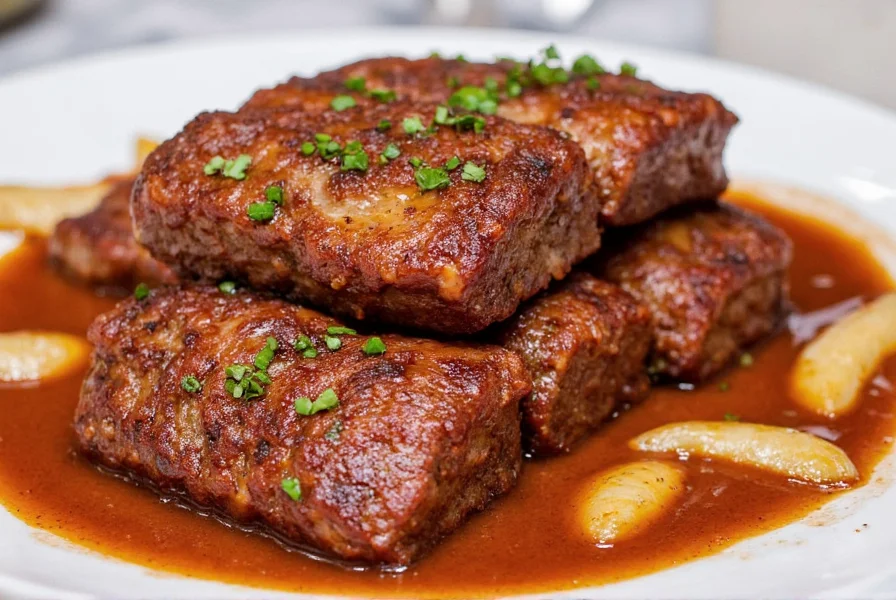
Beef vs. Pork: What's the Difference?
When it comes to short ribs, the first thing to clarify is whether they come from beef or pork. Let’s break it down:
- Beef short ribs: These are taken from the rib section of a cow, typically the chuck or plate area. They’re known for being flavorful, tender, and perfect for slow-cooked dishes like braises, stews, or Korean-style bulgogi.
- Pork short ribs: Also called spare ribs or baby back ribs, these are cut from the pig’s rib cage. They tend to be leaner and slightly more delicate than beef short ribs, making them great for grilling or smoking.
So, to answer the question: Short ribs can be both beef and pork. The key is to understand which one you're working with before you start seasoning and cooking.
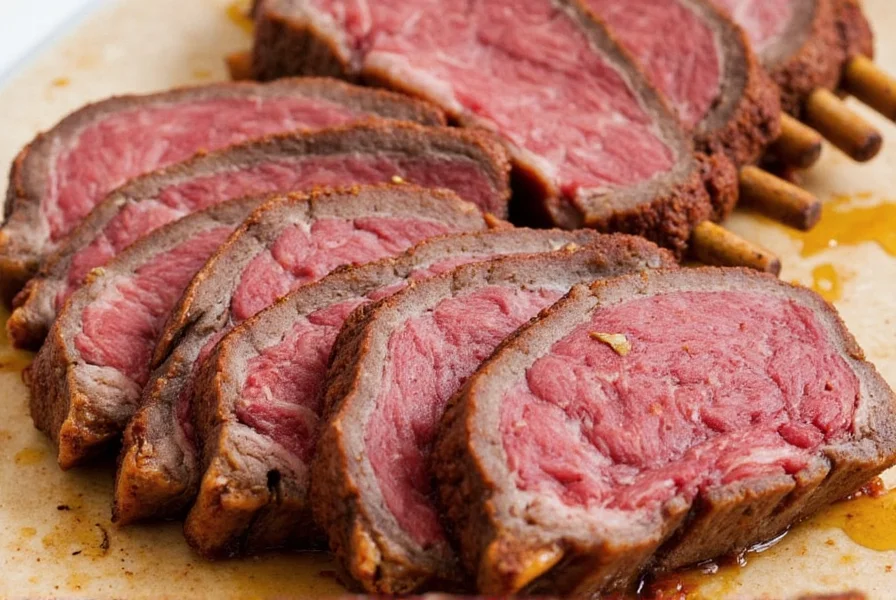
| Feature | Beef Short Ribs | Pork Short Ribs |
|---|---|---|
| Source | Cow (Chuck or Plate) | Pig (Rib Cage) |
| Tenderness | Very Tender (when cooked slowly) | Leaner, Slightly Firmer |
| Flavor Profile | Rich, Beefy | Mild, Fatty |
| Best Cooking Method | Braising, Slow Cooking | Grilling, Smoking |
Spice Basics: The Building Blocks of Flavor
Whether you're working with beef or pork short ribs, the right blend of spices can make all the difference. Here’s a quick overview of some essential spices and how they work with different types of short ribs:
- Garlic: Adds depth and umami, especially in braised dishes.
- Onion: Provides sweetness and helps build flavor in slow-cooked recipes.
- Bay Leaves: A classic addition to broths and stews, adding subtle earthiness.
- Black Pepper: Enhances the natural richness of the meat without overpowering it.
- Smoked Paprika: Great for pork short ribs, especially if you're grilling or smoking them.
- Red Pepper Flakes: Adds a nice kick for those who love a little heat.
Keep in mind that the spice profile should complement the type of short ribs you're using. Beef tends to pair well with bold, savory flavors, while pork can handle a bit more variety, including sweet, spicy, or smoky notes.
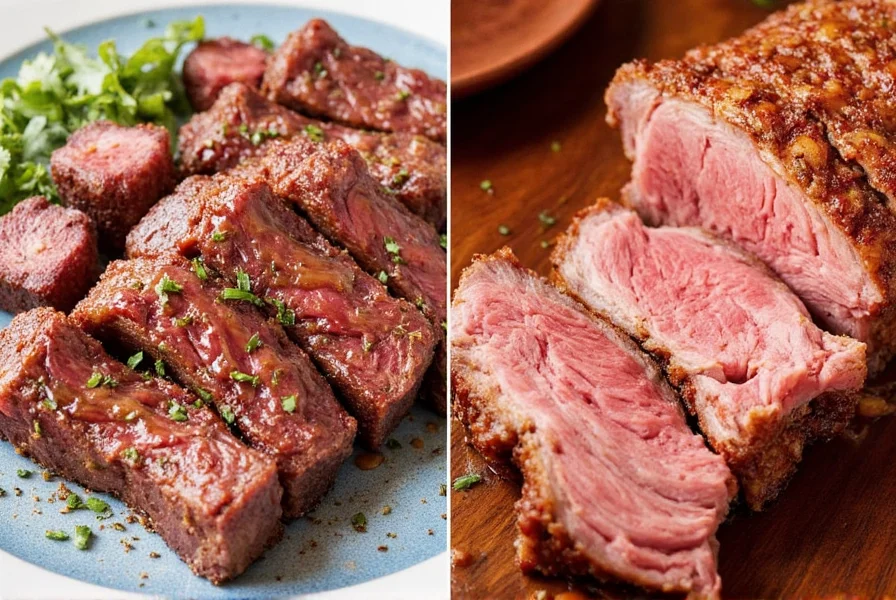
Practical Tips for Cooking with Spices and Short Ribs
Here are some tried-and-true tips to help you get the most out of your short ribs and spices:
- Season Generously: Don’t be shy with your spices. Rub the ribs with a generous amount of salt, pepper, and other seasonings before cooking.
- Use a Marinade: For extra flavor, marinate the ribs overnight. This works especially well with pork short ribs.
- Match the Spice to the Cooking Method: If you’re braising, use rich, deep spices. If you're grilling, go for something smoky or spicy.
- Let It Rest: After cooking, let the ribs rest for a few minutes before serving. This helps retain juices and enhances flavor.
- Experiment with Herb Blends: Try combinations like rosemary, thyme, and garlic for a classic touch, or cumin, coriander, and chili powder for a more adventurous flavor.

Buying Guide: Choosing the Best Short Ribs
Choosing the right short ribs is crucial for a successful dish. Here’s what to look for depending on whether you’re buying beef or pork:
For Beef Short Ribs
- Fat Content: Look for ribs with a good layer of marbling. This ensures juiciness and tenderness when cooked.
- Color: Fresh beef should have a bright red color with no gray or brown spots.
- Size: Larger ribs may take longer to cook but offer more meat per piece.
For Pork Short Ribs
- Freshness: Check for a pinkish-red color and firm texture. Avoid any ribs that feel slimy or have an off smell.
- Size: Smaller ribs are often more tender and quicker to cook, making them ideal for grilling or roasting.
- Marbling: While not as fatty as beef, pork short ribs should still have some fat for moisture and flavor.
If you're looking for specific products, consider the following options:
- Smithfield Premium Short Ribs (Beef)
- Features: High-quality, USDA Choice grade
- Advantages: Excellent marbling and flavor
- Use Cases: Perfect for slow cooking, braising, or stewing
- Target Audience: Home cooks and professional chefs
- Suitable Occasions: Family dinners, holiday meals, or weekend potlucks
- Kroger Boneless Pork Short Ribs
- Features: Pre-cut, boneless, and easy to handle
- Advantages: Lean, versatile, and suitable for grilling
- Use Cases: BBQ, smoking, or quick pan-searing
- Target Audience: Grilling enthusiasts and busy home cooks
- Suitable Occasions: Summer barbecues, casual gatherings, or weeknight dinners
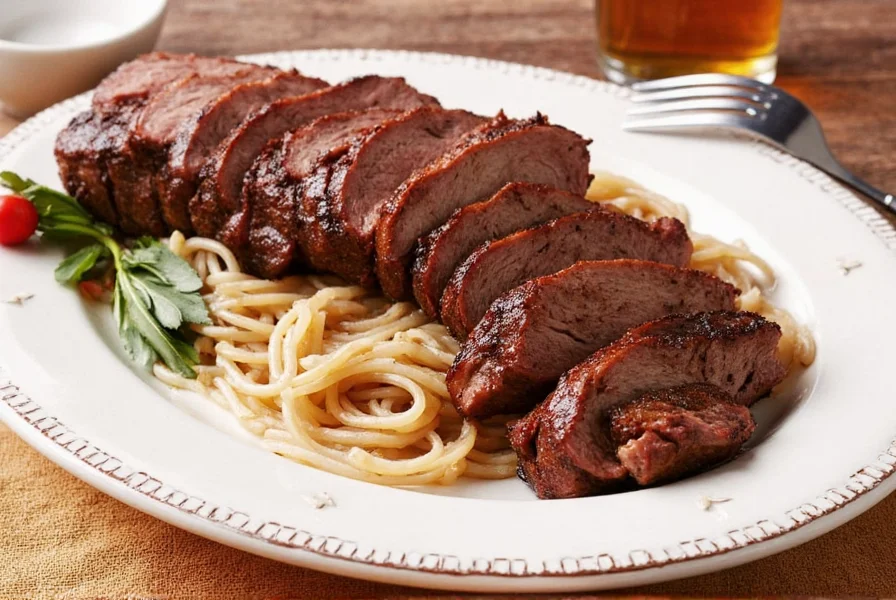
Conclusion
In conclusion, short ribs are a delicious and versatile cut of meat that can come from either beef or pork. Whether you're braising them, grilling them, or smoking them, the right combination of spices can elevate your dish to new heights. Understanding the differences between beef and pork short ribs will help you choose the right one for your recipe, while knowing how to use spices effectively will ensure every bite is packed with flavor.
So next time you're at the market or planning a meal, remember: short ribs are beef or pork, and with the right spices, they're a culinary treasure waiting to be discovered.
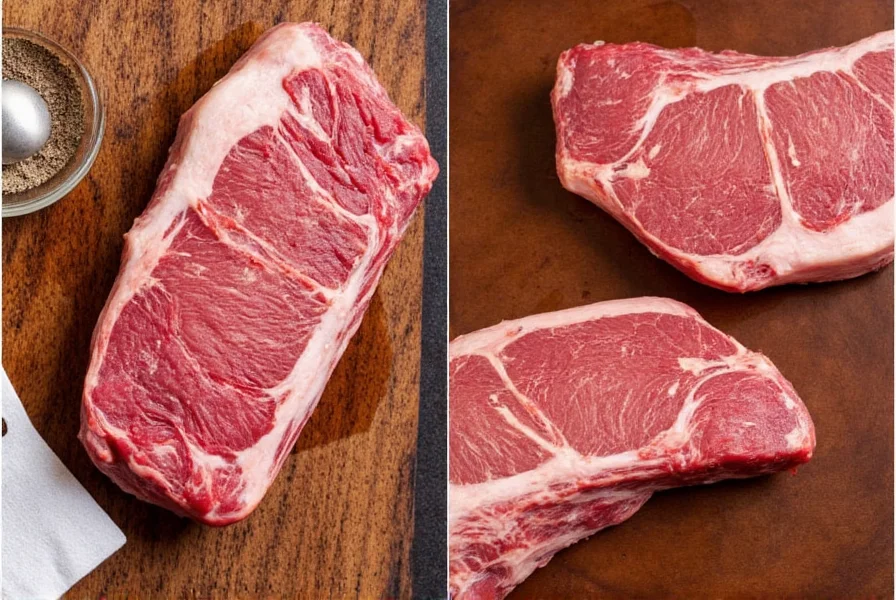

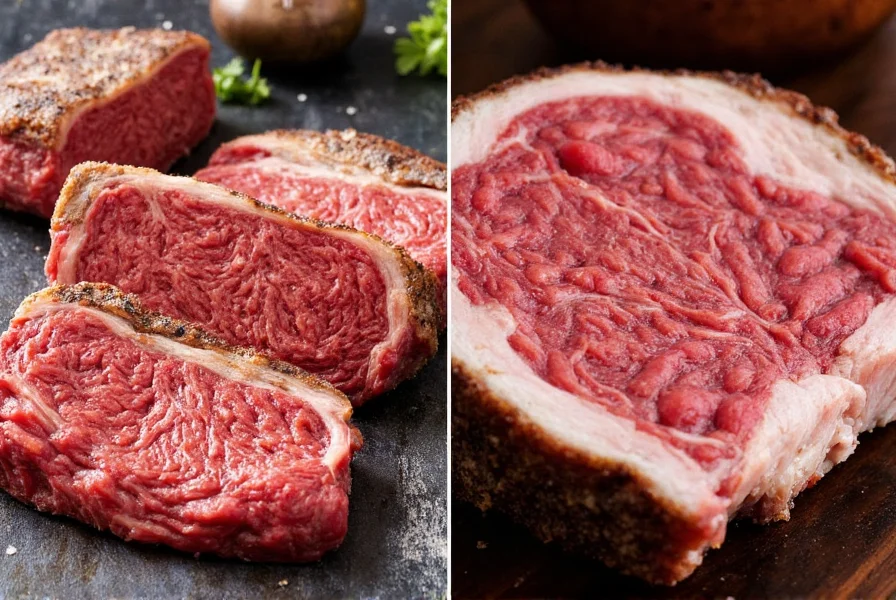









 浙公网安备
33010002000092号
浙公网安备
33010002000092号 浙B2-20120091-4
浙B2-20120091-4